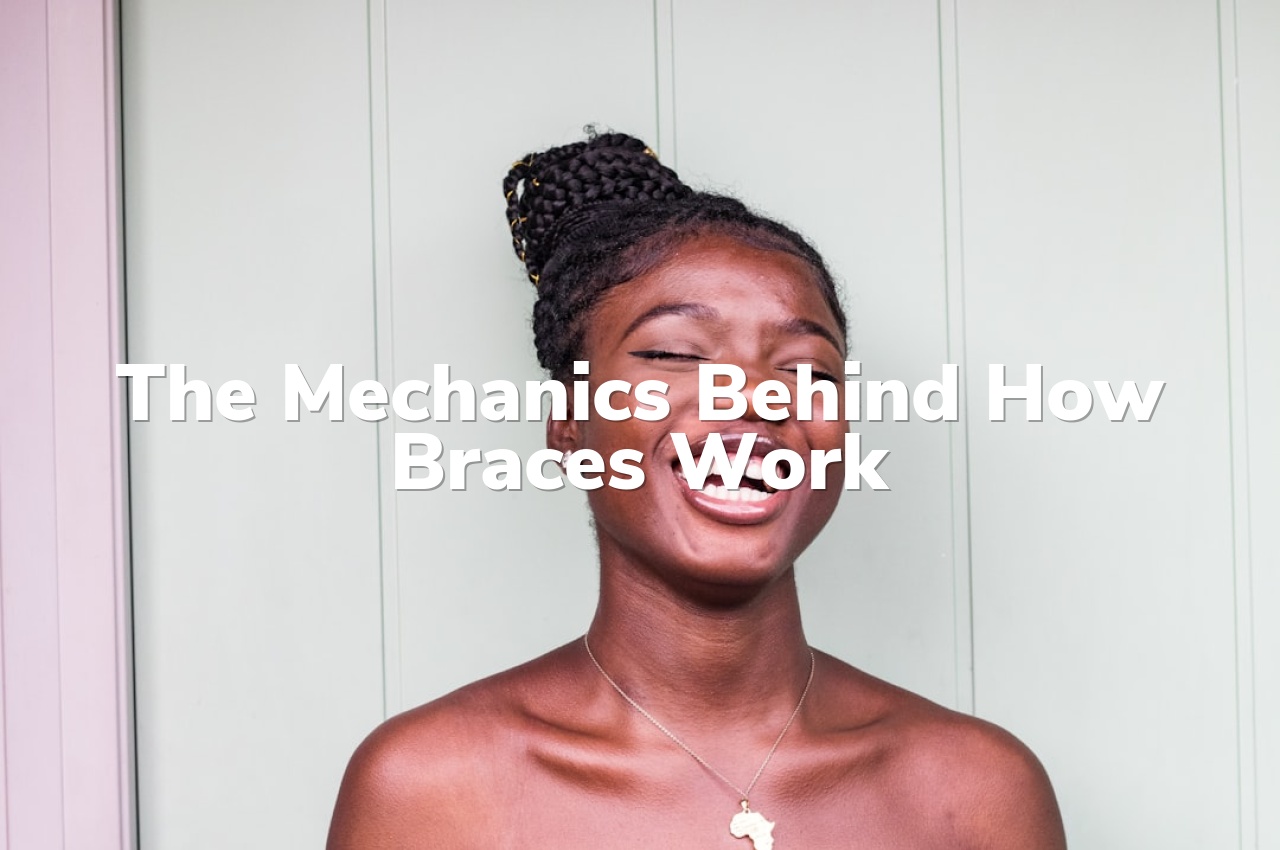Have you ever wondered about the mechanics behind how braces work to straighten teeth? Braces apply continuous pressure over a period of time to slowly move teeth in a specific direction. As the teeth move, the bone changes shape as pressure is applied, allowing for the realignment of the teeth to improve dental health and aesthetics.
Understanding Braces: Basic Functionality
Braces are a common orthodontic tool used to correct various dental issues such as misalignment, overcrowding, and bite irregularities. The basic functionality of braces revolves around the application of continuous pressure over a period of time to slowly move teeth into a desired position. This process involves various components including brackets, archwire, and bonding material, which work together to create tension that adjusts the teeth’s positioning.
The effectiveness of braces in correcting dental alignment is complemented by regular oral hygiene practices. Maintaining clean teeth and gums is crucial while wearing braces to prevent dental issues such as cavities or gum disease. For specific guidance on maintaining oral hygiene with braces, you might find it helpful to read about Dental Care Tips: How to Floss with Braces. This ensures that the treatment is not only effective but also maintains the overall health of your mouth during the corrective process.
Types of Braces and Differences
Braces are orthodontic devices used to correct various dental issues such as misalignment, overcrowding, and bite irregularities. There are several types of braces available, each designed to cater to different orthodontic needs and preferences. Traditional metal braces, made of high-grade stainless steel, are the most common and are known for their effectiveness in treating complex dental issues. Ceramic braces are similar in function but are crafted from composite materials that blend with the color of the teeth, making them less noticeable.
Another option includes lingual braces, which are attached to the back of the teeth, hiding them from view and offering a more discreet form of treatment. Each type of braces has its own set of features that cater to various aesthetic preferences and corrective needs. Understanding these differences is crucial in selecting the right type of braces for an individual’s specific situation. For those considering a more traditional approach, Traditional Braces in Mukwonago for Straight Teeth might be an option worth exploring.
The Role of Archwires Explained
Archwires are integral components in the design and functionality of braces. These wires are typically made from stainless steel or nickel-titanium and are carefully shaped to fit along the dental arch. They serve as a track to guide the movement of the teeth into their desired positions. By applying continuous pressure, archwires work in conjunction with brackets and other orthodontic hardware to adjust tooth alignment gradually over time, contributing significantly to the overall effectiveness of braces in orthodontic treatment.
How Brackets Influence Tooth Movement
Brackets play a crucial role in the process of aligning and straightening teeth through orthodontic braces. Each bracket is meticulously attached to an individual tooth, serving as an anchor for the archwire that exerts pressure on the teeth. This pressure is carefully adjusted throughout the treatment to guide teeth into their desired positions gradually. The interaction between the brackets and the archwire is fundamental in controlling the direction and amount of movement, ensuring that each tooth moves in a precise and controlled manner. For more detailed information on how this process works, consider consulting with a professional like a Mukwonago Dentist.
Timeline of Orthodontic Treatment Phases
The journey of orthodontic treatment is typically segmented into several key phases, each crucial for achieving the desired alignment and health of teeth and jaws. Initially, the consultation and diagnosis phase involves thorough examinations to assess the current state and needs of the patient’s oral structure. Following this, the active phase commences, where braces or other orthodontic devices are applied and periodically adjusted to move teeth into their correct positions. This phase can vary significantly in duration, depending on individual cases. Finally, the retention phase helps ensure that teeth maintain their new alignment, involving the use of retainers as prescribed by an orthodontist. Throughout these phases, regular check-ups are essential to monitor progress and make any necessary adjustments.
Conclusion
For further inquiries, feel free to call us at 262-363-4114 or read our reviews on Google Maps.

